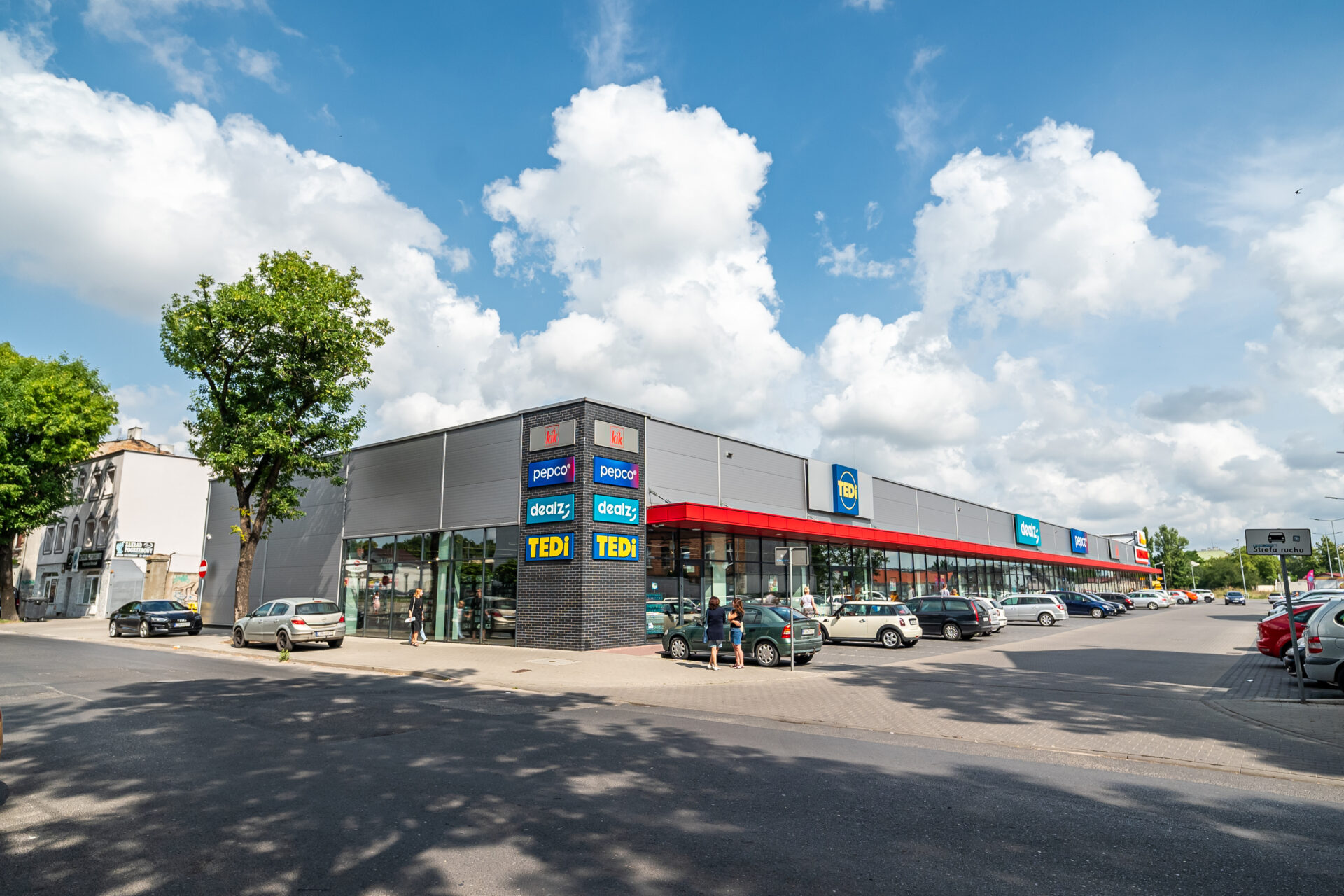Savills Investment Management (Savills IM), the international real estate investment manager, announced its global outlook for real estate investment markets in 2024, highlighting several key sectors it believes offer rewarding opportunities for informed investors. The report offers insights on ten questions that Savills IM analysts believe investors should seek to answer before allocating in 2024.
Although higher inflation and bond yields provide a challenging backdrop for the sector in 2024, Savills IM believes that real estate will continue to provide highly attractive value-creation opportunities for investors through compelling yields, capital protection or capital growth.
Savills IM identifies the threats to the near-term macro picture, the most notable being a cautious approach from central banks to inflation. While interest rates may have peaked, they will likely remain higher for longer with no respite until late 2024. On this basis, Savills IM believes it is important to focus on fundamentals when identifying opportunities within real estate.
According to Savills IM, the road to net zero and sustainability efforts also remain at the forefront for investors, and measures to reduce buildings’ operational costs and protect against obsolescence due to regulatory demands continue to be imperative.
Is now the time for real estate debt?
In terms of strategies, Savills IM believes that now is the time for real estate investors to consider allocations to real estate debt, a sector which is experiencing several supportive trends creating compelling opportunities. Declining availability of debt financing, real estate yield rerating and rising interest rates have created favourable return conditions for those able to lend. The downside protection from equity cushions provided by real estate debt is highly attractive to those investors looking for stable and secured income against a backdrop of market volatility and future uncertainty.
Opportunities in affordable housing for institutional investors
Elsewhere, affordable housing continues to be driven by fundamental supply-demand imbalances across all European markets. Rent affordability is consequently an issue for residents, policymakers, and investors alike. In the year to 30 September 2023, average rent levels rose by 8.2 percent across Europe (ex-UK) and by 10 percent in the UK. Against this backdrop, institutional investors have an opportunity to be part of the delivery of new supply in the long term, and in the short term should ensure they are not overly reliant on market-rental growth, instead focusing on affordability and minimising cost leakage. Prioritising residents will ensure longer tenancies, larger community benefits, and ultimately more stable income for investors.
Strong rental growth in urban industrial & logistics
Rents for modern urban industrial and logistics buildings are set to grow strongly over 2024, particularly for those units within or close to the major urban areas. Across the logistics sector, growth has transitioned from being driven by cap rate tightening to rental growth. Low vacancies and poor-quality existing stock are factors exacerbated in urban areas, where proximity to the end customer is increasingly critical and where suitable stock and land supply are typically falling. Investors could seek to invest in modern, income-producing assets or take the opportunity to create best-in-class, ESG-approved, industrial and logistics space.
Alex Jeffrey, Chief Executive of Savills Investment Management, commented: “2024 will likely prove to be another challenging year for real estate investors. However, periods of high market stress will present opportunities to those investors with the requisite market knowledge. We see allocators tilting towards Living, Industrial & Logistics, Debt and, in increasingly, Natural Capital orientated strategies,”
Andrew Allen, Global Head of Research, Product Strategy and Development, Savills Investment Management, Commented: “Urban industrial & logistics continues to be driven by strong fundamental factors and demand for modern, ESG compliant best-in-class assets create opportunities for investors. Elsewhere in the affordable housing sector, the role of private capital continues to grow in importance as part of the solution in ensuring the continued availability of homes for residents across Europe.”
“Debt markets keep providing attractive risk-adjusted returns with strong downside protection. Against a backdrop of heightened cyclical market uncertainty, the stable income provided by senior real estate lending will remain highly attractive to institutional investors.”
Piotr Trzciński, Head of Poland, Savills Investment Management, added: “In response to heightened uncertainty, we’ve revised our strategy for Poland in 2023. Looking ahead, we anticipate the Polish market offering appealing investment prospects within the next year. However, we foresee these opportunities emerging no earlier than the latter half of 2024, once we gain more clarity on factors such as interest rates, financing costs, valuations, the release of National Recovery Plan funds for Poland, and the sustainability of tenant demand. Our market is still in the process of price discovery, and we estimate it will likely take until at least 2025 for the Polish market to regain its previous transaction volumes. Despite this, with our existing portfolio valued at EUR 1.8 billion, we continue to regard Poland as a significant market, though an opportunistic one compared to Western Europe. We are particularly drawn to the long-term potential of the urban logistics and living sectors in Poland due to their favourable underlying fundamentals.”
Savills IM’s 2024 sector outlook:
Living
- Rent affordability is an issue for residents, policymakers and investors into 2024 and beyond. Demand continues to outstrip supply, and consequently, the average household faces a marked deterioration in affordability and with limited alternative housing options.
- The answer lies in a major program of development, but the short-term answer is that no quick fix exists, from either the public or private sector. Consequently, the prospect of policy interventions on rents through controls is rising.
- Investors should be mindful of the affordability thresholds of their residents and the risks of policy responses as the affordability crisis deepens.
- Long term, institutional investors can be part of the delivery of new supply. Short term they should take steps to reduce reliance on extreme, top-line, market rental growth.
Logistics & Industrial
- Considering the changed interest rate landscape, the factors driving future industrial and logistics returns are transitioning from cap rate tightening to rent growth; and real rental growth predictions are sound. The excess occupier demand is structural for the core industrial and logistics locations, and rents will continue to rise.
- Rental growth will be supported by low vacancy rates and new supply constrained by high finance and development costs.
- Poor quality of existing stock is also a factor, with many buildings being outdated for operational and energy performance requirements.
- Proximity to customers and business partners is becoming the key success criterion for efficient and robust value and supply chains, and this is evident globally. Whilst occupiers might seek to pay less to reflect the economic conditions, they will pay more for operationally efficient buildings, taking up less space, but paying higher rents per sq metre.
Urban industrial & logistics assets continue to look attractive. Connecting the fundamentals of the need for urban facilities and the shortage of available land suggests the opportunity for more intensive use of suitable sites and these commanding higher rent and capital values.
Debt
- Real estate debt markets are experiencing several supportive trends which in our view creates a compelling opportunity today.
- Declining availability of debt financing, real estate yield rerating, and rising interest rates have created favourable return conditions.
- Lenders should be considering whether their equity cushions need to be checked for potentially unprecedented capital movements. In times of heightened cyclical market uncertainties, senior real estate lending protected by the cushion of high equity represents an appealing investment approach for institutional investors.
Natural Capital
“The economy is a wholly-owned subsidiary of the environment, not the reverse”. The word “capital” reminds us that nature is an asset which has a value that can be enhanced or destroyed. Nature is invaluable given our reliance on it and its life-supporting ecosystems.
Approaches to reduce greenhouse gas emissions, sequester carbon dioxide and lock up carbon and in turn, create high integrity carbon units, bundled with multiple co-benefits including biodiversity enhancement produce voluntary verified carbon units that can be used to meet net-zero ambitions or sold.
Retail
- We see opportunities in the high-income return that retail offers, with parts of the market supported by compelling fundamental drivers. Retail has moved from being one of the lower-income sectors to the highest.
- Although structural and cyclical issues have proved challenging over recent years, we believe that the structural challenges (sales diversion) are clear and that the cyclical challenges (cost of living) will be repaired over 2024 and beyond. This has different implications for the various parts of the retail sector and investors should recognise the breadth of risk and opportunity.
- E-commerce continues to dilute spending through physical shops, but we sense footfall in Europe’s main retail destinations has returned strongly, with consumers enjoying the therapy of physically shopping in compelling, diverse, and entertaining retail environments.
- However, the target investment markets are much reduced, and investors need to be more forensic than ever around specific locations.
Offices
- The nature of occupational demand diverges considerably across Asia Pacific, Europe and North America with the former witnessing largely robust demand and confidence and the latter struggling under a hybrid working and supply burden.
- Across Europe, three key factors are altering the nature of tenant demand and ultimately investor returns, namely: structurally weaker occupier demand; increasing lease flexibility; and energy efficiency and sustainability demands.
- As occupier’s demand coalesce around higher quality, well-located, sustainable buildings, investor’s options are to acquire or create the best assets in the best locations. A near-term supply squeeze on grade-A stock is expected to drive rental growth for better-quality stock.







